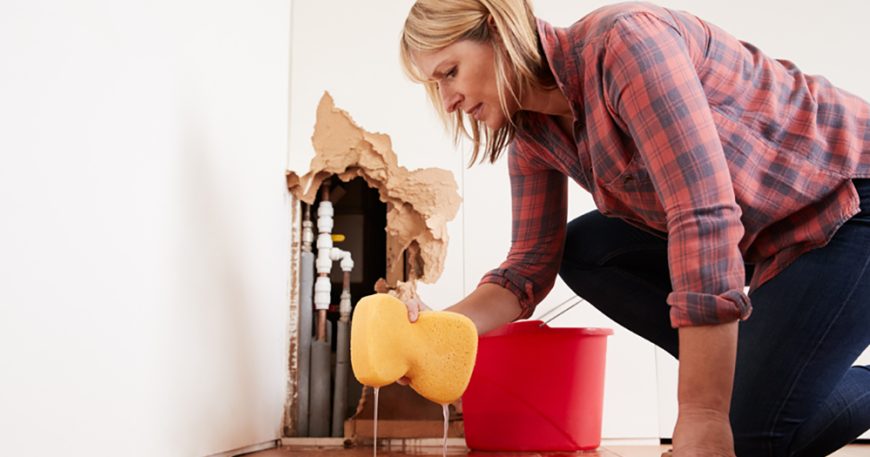What Are the Common Causes of Water Damage in San Diego Homes?

- July 24, 2024
- byadmin
- Flood Restoration
Common Causes of Water Damage
1. Plumbing Issues
One of the leading causes of water damage in homes is plumbing issues. This can include burst pipes, leaking faucets, and malfunctioning appliances like dishwashers and washing machines. Even a small leak can lead to significant water damage over time if not detected and repaired promptly.
2. Roof Leaks
Roof leaks are another prevalent cause of water damage, particularly during heavy rains or storms. Damaged or missing shingles, clogged gutters, and improper roof installation can all contribute to roof leaks. Once water penetrates the roof, it can damage ceilings, walls, and insulation, leading to mold growth and structural damage.
3. Foundation Cracks
Cracks in the foundation of a home can allow water to seep into basements or crawl spaces, leading to water damage. These cracks can result from soil shifting, poor construction, or natural wear and tear over time. Water entering through foundation cracks can cause dampness, mold growth, and damage to stored items.
4. Clogged Gutters and Downspouts
Gutters and downspouts are designed to channel water away from your home. However, if they become clogged with leaves, debris, or other materials, water can overflow and accumulate around the foundation. This can lead to basement flooding, foundation damage, and erosion.
5. Poor Drainage Systems
Improper grading or poor drainage systems around a home can result in water pooling near the foundation. Over time, this water can seep into the foundation and cause significant damage. Ensuring proper drainage and grading can help prevent this issue.
6. Natural Disasters
Natural disasters such as floods, hurricanes, and heavy storms can cause extensive water damage to homes. San Diego, while not typically known for extreme weather, can still experience heavy rains and flash floods that overwhelm drainage systems and cause water to enter homes.
7. Sewage Backups
Sewage backups occur when the sewer lines are blocked or overwhelmed, causing wastewater to back up into homes through drains and toilets. This type of water damage is particularly hazardous due to the presence of harmful bacteria and contaminants.
8. HVAC System Issues
Heating, ventilation, and air conditioning (HVAC) systems can also be a source of water damage. Leaking or malfunctioning air conditioners, as well as clogged condensate drains, can cause water to accumulate and damage surrounding areas.
Preventing Water Damage
Regular Inspections
Conduct regular inspections of your plumbing system, roof, gutters, and foundation. Look for signs of leaks, cracks, and other potential issues that could lead to water damage.
Proper Maintenance
Maintain your home’s plumbing and HVAC systems by scheduling regular maintenance checks. Replace old or faulty appliances and repair leaks promptly to prevent water damage.
Clean Gutters and Downspouts
Regularly clean gutters and downspouts to ensure they are free of debris and can effectively channel water away from your home. Consider installing gutter guards to reduce the buildup of leaves and debris.
Improve Drainage
Ensure proper grading and drainage around your home to prevent water from pooling near the foundation. Installing a sump pump in the basement can also help manage excess water.
Install Water Alarms
Water alarms can alert you to the presence of water in areas where it shouldn’t be, such as basements or near appliances. These alarms can help you detect leaks early and take action before significant damage occurs.
Emergency Preparedness
Prepare for natural disasters by having an emergency plan in place. Keep important documents and valuables in waterproof containers and have a list of emergency contacts, including a reliable water damage restoration company like RAMM Water Restoration.









